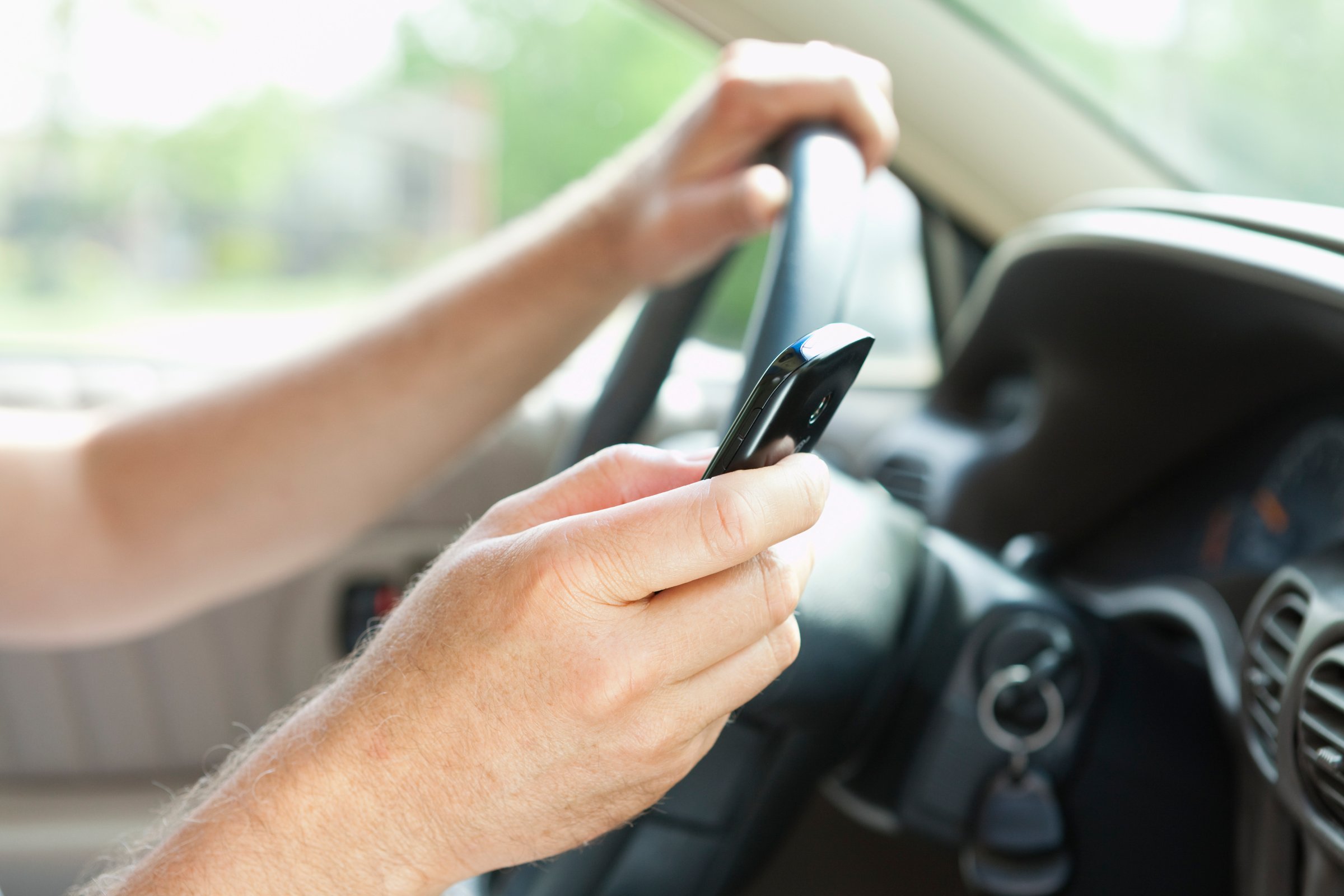
More than a quarter of American adults admit to texting while driving, but not everyone is equally likely to engage in the dangerous practice, finds a new study published in the journal Cyberpsychology, Behavior, and Social Networking. People who text and drive are more likely to be white than nonwhite, men than women and sexters than the sext-abstinent.
“In modern social life, we are tethered to our devices,” says study author Steven Seiler, assistant professor of sociology at Tennessee Tech University. “When we’re driving, we’re simply taking the norms that we have in other areas of life.”
The study evaluated survey data from more than 2,200 American adults and found that more than 27% of drivers admitted to texting while driving. The practice seemed to be fueled by a sense of constant connection to others. What the authors call “technological deviance,” a disregard for social norms around technology, may help explain why sexting was an associated behavior.
Read More: How Your Cell Phone Distracts You Even When You’re Not Using It
Even though a majority of states ban texting while driving, Seiler says he is skeptical that such laws are the most effective way to stop the practice. New Jersey, a state that keeps extensive records on texting-while-driving enforcement, enacted strict laws to ban the practice more than five years ago, but hasn’t seen a decline since, Seiler says.
“When there’s laws prohibiting mobile phones, rather than keeping the mobile phones near their face, they’ll keep it in their lap,” he says. “The change has to occur on a cultural level, not simply stricter laws.”
Much like state laws, simple restrictions aren’t likely to change culture. Students who attend a school that bans mobile phones from the classroom are more likely to engage in texting while driving, Seiler says he found in an forthcoming study. “They’re catching up on that time lost,” he says. “This goes back to how integrated cell phones are with our relationships.”
To truly eradicate the practice, Seiler says the dangers of texting while driving need to be ingrained in a child early in their socialization. Parents need to monitor their children’s texting, and texting while driving should have consequences, he says.
Traffic safety campaigns should try to spread the message in every way possible, much like the seatbelt campaign of the 1990s, he says. In the United States in 2012, more than 3,000 people were killed in distracted driving accidents, which include talking on the phone and texting while driving.
Read more: Why People Text And Drive Even When They Know It’s Dangerous
More Must-Reads from TIME
- Donald Trump Is TIME's 2024 Person of the Year
- Why We Chose Trump as Person of the Year
- Is Intermittent Fasting Good or Bad for You?
- The 100 Must-Read Books of 2024
- The 20 Best Christmas TV Episodes
- Column: If Optimism Feels Ridiculous Now, Try Hope
- The Future of Climate Action Is Trade Policy
- Merle Bombardieri Is Helping People Make the Baby Decision
Write to Justin Worland at justin.worland@time.com